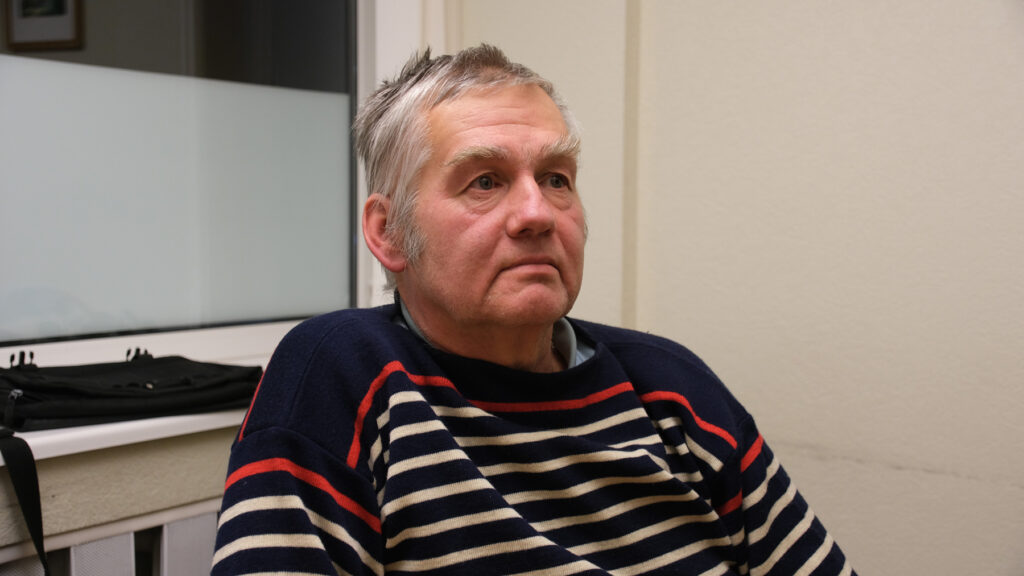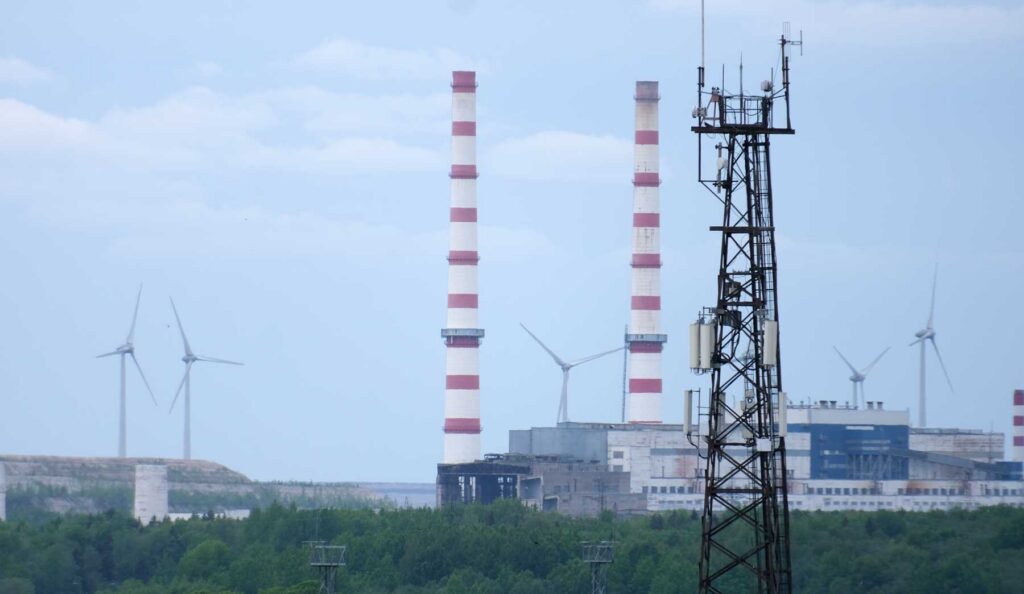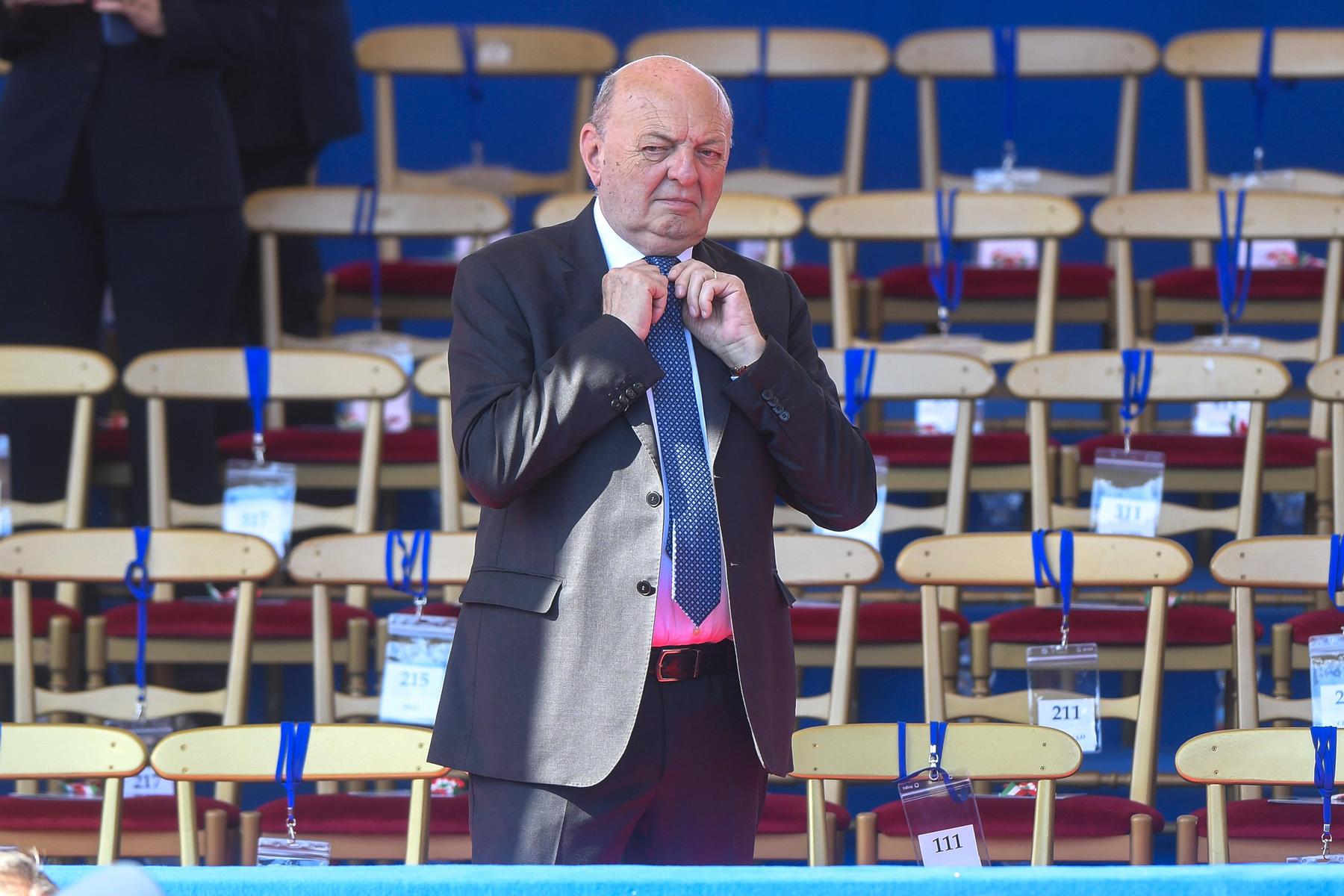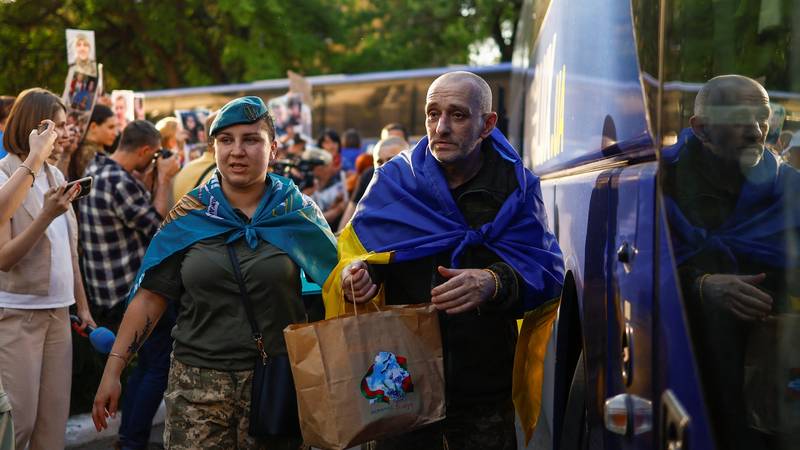Opinion | Quo vadis, Ida-Vir?

Ants Jurman,
A resident of the Kochtla-Yarves region in 1966–1978.
Almost half of the economic history of Europe after the Second World War is a story about slow attenuation. If the European association of coal began to be created on reasonable principles, then within the framework of its successor – the European community – the market distortion has already begun, which, instead of “stationery”, would be more correctly called “damage”.
So far, in the ¼ part of the planet (USSR, China), the main attention was paid to the development of industry at the expense of agriculture, the opposite took place in the western part of the continent (southern Europe, the Netherlands): they supported agriculture with low labor productivity to slow down the population from villages to cities. In today’s Ida-Virumaa, it makes no sense to talk about agriculture (with the exception of, for example, goat breeding in a cone). However, you can not ignore the Fair Transition Fund (FSS), with the help of which they are trying to breathe life into a stagnant economy.
You answer less – they will ask less
There are two comments about the author of the FSS: this is a fragmented management and this is secrecy.
It was always extremely difficult to get a general idea of the process: state institutions drove requests to each other, and as a result, even to obtain elementary information, the author of these lines had to submit an information request to which the answer has not yet been received. This smoothly leads to the description of secrecy, because it is not known whether they will answer at all, referring to the fact that part of the information has already been published in various sources. Some officials do not realize that we are talking about public funds of the EU (and not about private investments), and in this regard to look for excuses for hiding information at least strange.
Mysterious numbers
Now more specifically. The site states that the volume of the fund is 340 million euros, of which 154 million (45%) are intended for large projects. Let’s decipher the amount. According to the latest information available, the average salary in Ida-Virumaa was 1646 euros, and in mid-February there were about 7,500 people unemployed in the region. If you calculate, then these 154 million will not be enough for 10 months of payment of the average salary to all unemployed.
The fund’s website states that it is planned to create 1179 (what accuracy!) New jobs with approved applications. The author requested the Fund for the Development of Entrepreneurship and Innovation (EIS) the list of “success stories” and, having read them, counted hardly 200 jobs – without taking into account projects with financing of more than 10 million euros, the resume of which was not in “successful stories”. This majority fell under the information request, and this behavior is suspicious of manipulation. One of the EIS employees even noted that “workplaces come and go”, paraphrasing the English phrase “Money Comes, Money Goes”.
The largest amount is to the department
In fact, the largest amount (about 47 million euros) will not go to the northeast at all, but will go to the Department of Education and Youth “To increase the scientific intensity of training and entrepreneurship” (nota bene!). Jobs – 0. At the same time, it is not clear from explanatory information how many people and where it is planned to be involved in training and how they will offer real jobs for 23 million euros. The second largest amount (26 million) goes to the Green Transition to Sillamae. Details should be disclosed in the answer to the information request.
More about the distortion of the market: among the average (up to 150 thousand euros) and small (up to 10 thousand euros) projects – respectively 13 and 7 companies that will also receive support, but the author is sure that they will not create jobs. Why banks do not give them loans is incomprehensible.
Office for the distribution of money
On the territory of the northeast there is an institution with a loud name-Ida-Viru Center for Entrepreneurship (Ivek). Let’s look at their report for 2023. It states that at 18 (the site is slightly more) employees, income from entrepreneurial activity amounted to 30,996 euros – less than the author as a pensioner received in the form of income for the same period. However, the annual expenses for one employee (including the socialist) amounted to 45,268 euros – higher than the average salary in the region and above all the income from activities. To put it mildly, the name is misleading – more precisely, it would be an “Office for the distribution of money”. In 2023, the organization redistributed more than 2.3 million euros, including 933,000 (?) From abroad.
From the personal experience of communication with this “office”: half of the evaluation commission of the FSP are IVEK employees. In one case, the application was rejected because « the three -line budget is incomprehensible. » There is a wonderful thing – « Learning throughout life. » The author advises a member of the commission to use this and even ready to help, because at one time he studied financial disciplines at the university.
Developed without a « fair transition »
Now a little story. The newspaper Narva Tööline of December 20, 1960 writes: “Yesterday at 19:23, the turbogenerator No. 3 was launched in idle … Thus, the launch of the first block of the largest thermal power station of the north-west of the country with a capacity of 300,000 kW was completed.” It is the same capacity – 300 MW – has a modern station in Auver. In the report of the Baltic State Enterprise for the same period it is stated that during the year 16 small accidents occurred, but, unlike Auver, this station has never been disabled. After 6 years, the capacity of the Baltic State District House reached 1625 MW – more than 5 times more Auver’s capacity. At the end of 1966, 2565 people worked at the station – we can assume that so many jobs have been created over 7 years. Those who wish can find out in the archive how many of them were local, how many were from other parts of Estonia, and how many profit from the ESSR limits. Let everyone think: 2565 jobs in one enterprise 60 years ago, 1179 promised on the FSP website, and the current 7,500 unemployed.
And do not flatter yourself …
And finally – to the question from the header: quo vadis (Where are you going?). In 2028, the FSP period will end. The author suggests:
1. By this time, Europe will finally lose the competition of Asia and (North) America.
2. Due to the distorted (or criminal) model of the electric string, the shale industry will be even more reduced.
3. Due to the abnormal prices for electricity, Ida-Vir will no longer earn on her energy, but will become completely dependent on the imported electricity.
4. Therefore, no alternative industry will come to the region – there is no need to talk about cheap labor, and instability and high cost of energy are scared of sensible investors. Unlike officials of the Climate Ministry, fishermen from the Oktyabr collective farm and Kalyurand farm workers knew that in the Gulf of Finland there were unstable weather conditions: calm, wind, storm. And depending on this, they decided whether to go to sea or not.
At the beginning of 2029, the author is ready to review the written here. He is firmly convinced that if adjustment is required, then the minimum – but rather, is not at all.
The Post Opinion | Quo vadis, Ida-Vir? FIRST Appeared on gazeta.ee.








